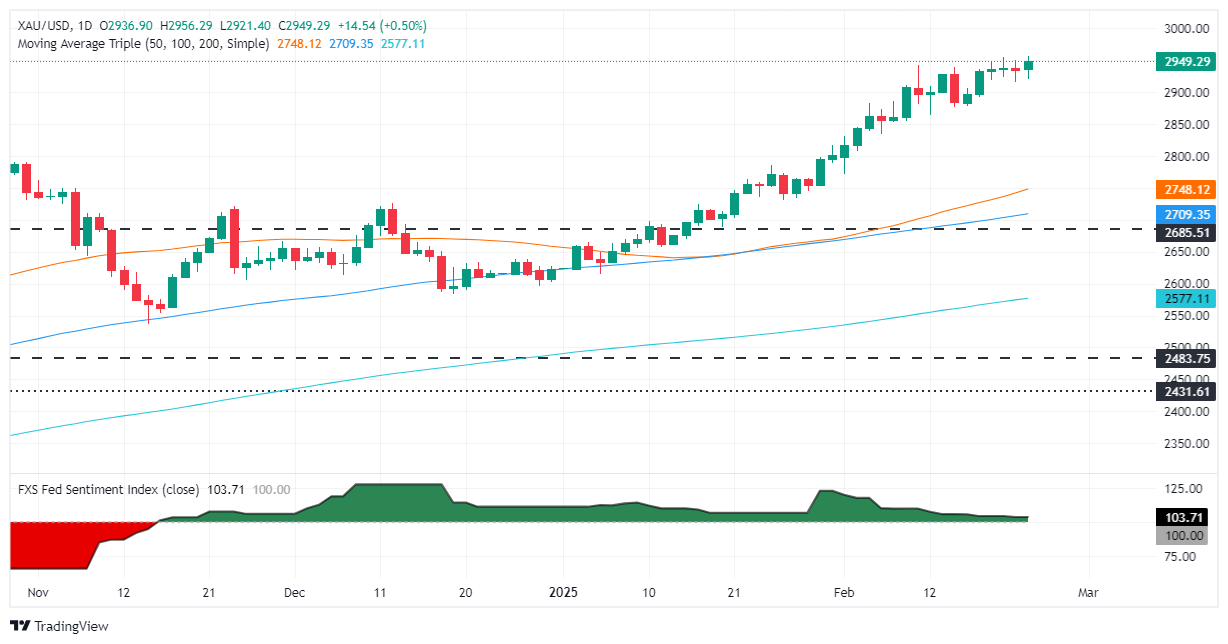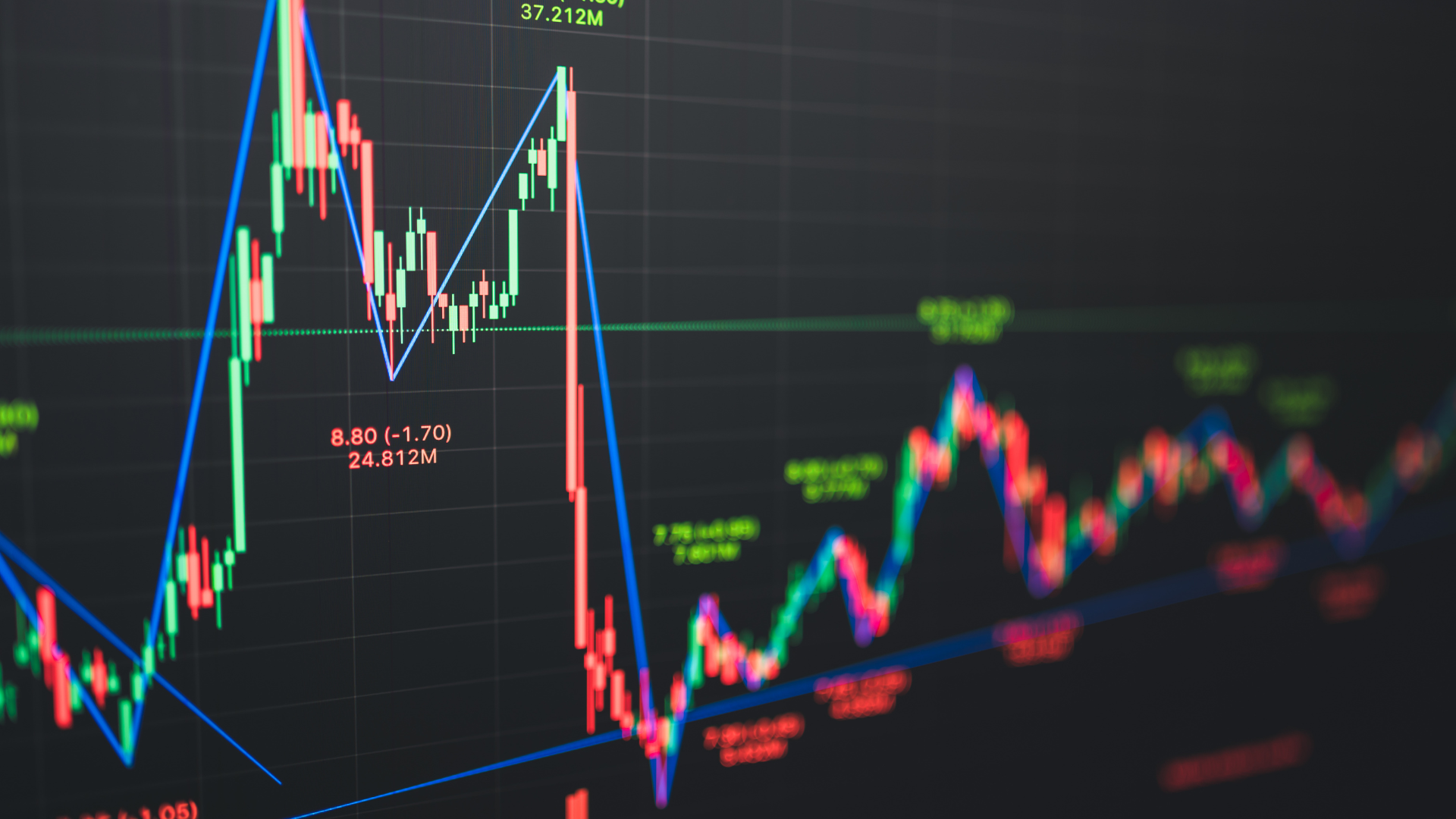Gold prices continued their upward momentum, hovering just below the $2,950 mark, as declining US Treasury yields fueled demand for the precious metal. Investors turned to gold as a safe-haven asset, with growing speculation that the Federal Reserve may adopt a more accommodative stance in the months ahead.
The US dollar weakened slightly, adding to gold’s gains, as traders reassessed expectations for future rate cuts. Recent economic data has suggested moderating inflation and slowing economic activity, reinforcing the view that the Fed could ease its policy later this year. Lower interest rates typically reduce the opportunity cost of holding non-yielding assets like gold, making it more attractive to investors.

XAU/USD 1-D Chart as of February 24th, 2025 (Source: TradingView)
Meanwhile, geopolitical risks and trade tensions have continued to support gold’s appeal as a hedge against uncertainty. With ongoing concerns over global economic stability, investors have sought protection in precious metals, helping gold sustain its recent rally despite short-term market fluctuations.
From a technical standpoint, gold remains in a strong uptrend, with $2,950 serving as a key resistance level. A sustained break above this mark could push prices toward the psychological $3,000 threshold, while downside support remains firm near $2,900.
Looking ahead, traders will closely monitor US inflation data, central bank commentary, and broader risk sentiment, which could determine the next move for gold. If inflation trends lower and Fed officials signal a shift toward easing, gold could gain further ground, while any hawkish surprises might cap the rally.
For now, gold remains well-supported, with falling yields and economic uncertainty driving demand. Unless there is a significant shift in sentiment, the metal appears positioned to challenge new highs in the near term.
















